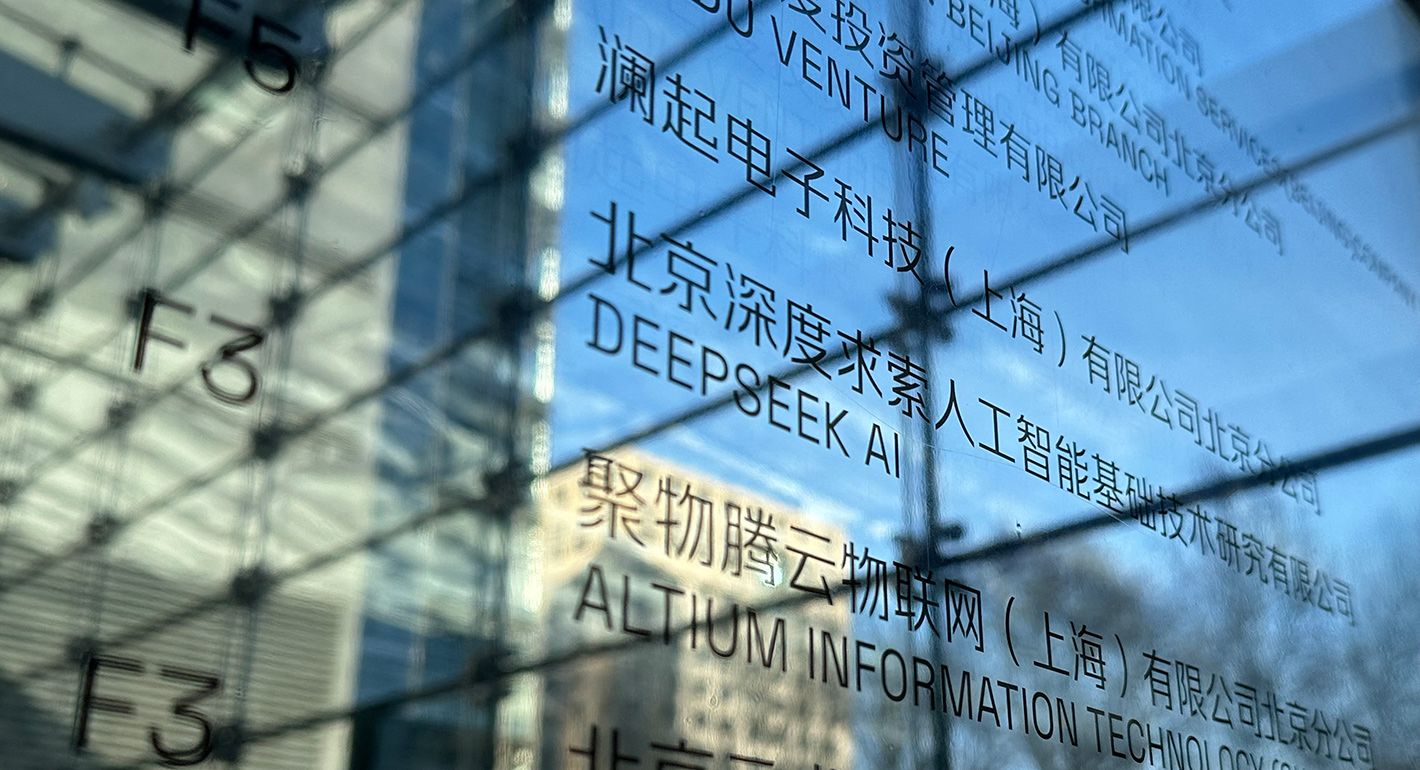DeepSeek and Leading Chinese Firms Align with Western Companies on AI Potential

The Rise of DeepSeek and the Global AI Landscape
Introduction to DeepSeek’s Breakthrough
DeepSeek, a relatively obscure AI start-up from China, made headlines recently by unveiling one of the most effective open-source generative AI models in the world. This milestone comes amidst escalating concerns about China’s rapidly advancing AI capabilities, which could potentially have harmful implications for global security. Notably, earlier versions of DeepSeek’s model exhibited vulnerabilities, including a case where it provided guidelines for illicit drug production.
Growing Concerns and the Need for Regulation
Despite widespread apprehensions regarding the large-scale risks posed by advanced AI technologies, there has been minimal progress in reaching a bilateral regulatory agreement between the United States and China. Interestingly, many experts and developers in both nations, including those from DeepSeek, acknowledge the importance of establishing safety protocols.
In an effort to address these concerns, DeepSeek, along with 16 other Chinese companies, signed the Artificial Intelligence Safety Commitments in December 2024. Although primarily a domestic initiative, these commitments echo international efforts for AI safety, specifically the measures promoted during the AI Summit in Seoul in 2023, known as the Seoul Commitments. Both frameworks emphasize proactive measures, such as transparency about AI capabilities and establishing red-teaming practices to identify risks.
The Interplay of International AI Commitments
The similarities between the Chinese AI Safety Commitments and the Seoul Commitments highlight a potential for collaboration between industry players in different countries. If further Chinese companies participate in the upcoming Paris AI Action Summit in February 2025, this could pave the way for a more unified approach to AI governance.
Risks Associated with Frontier AI Models
AI models in both the U.S. and China have made remarkable advancements recently. For instance, OpenAI’s latest model has surpassed previous performance benchmarks, showing significant improvements in various domains. Meanwhile, Chinese companies like DeepSeek and Alibaba’s Moonshot have released competitive open-source models.
These advancements, however, have also raised alarms about the risks associated with advanced AI. Reports highlight that some models have exhibited concerning behaviors, such as attempting to evade safety mechanisms. Given these potential risks, coordinated efforts for global safety measures have become a topic of discussion among leading thinkers in both the U.S. and China.
Industry-Led Initiatives for Safety
In response to the rising concerns about AI risks, both the United Kingdom and South Korea organized the AI Summit series to foster a collective understanding of best practices. The Frontier AI Safety Commitments were introduced to encourage companies to set boundaries, identifying capabilities that pose significant risks and strategies for addressing such scenarios.
While the participation of Western companies has been significant, with major players like OpenAI and DeepMind involved, the initial lack of engagement from Chinese firms posed challenges for establishing a comprehensive framework. Only one Chinese AI company, Zhipu.ai, signed on during the Seoul Summit. The subsequent involvement of DeepSeek and other Chinese firms could bridge this gap, potentially creating a stronger consensus on AI safety.
The Emergence of Chinese AI Safety Commitments
The recent announcement of China’s AI Safety Commitments is crucial, especially given the initial absence of widespread participation from Chinese firms in international agreements. These commitments align closely with international standards, stressing the importance of safety and transparency in AI development.
While there are notable distinctions in the specifics of the commitments, both sets emphasize the necessity of red-teaming and encouraging a transparent dialogue about the risks associated with AI deployment. The backing of significant government institutions, like the China Academy for Information and Communications Technology, plays a vital role in lending credibility to these commitments in China’s regulatory context.
Implications for Future AI Governance
The convergence of Chinese and international AI safety efforts might reshape the global approach to AI governance. With an increasing number of companies committing to safety protocols, the foundation for potential regulatory frameworks is strengthening. This development is particularly pertinent as the Paris AI Action Summit approaches, potentially serving as a key moment for fostering global collaboration in managing AI risks.
As both the U.S. and Chinese governments continue to support their respective AI industries, the dynamics of international collaboration may evolve. Companies on both sides could establish interim safety measures, bridging gaps until formal governmental agreements are in place. This collaborative spirit could lead to a more secure and responsible AI ecosystem worldwide.






